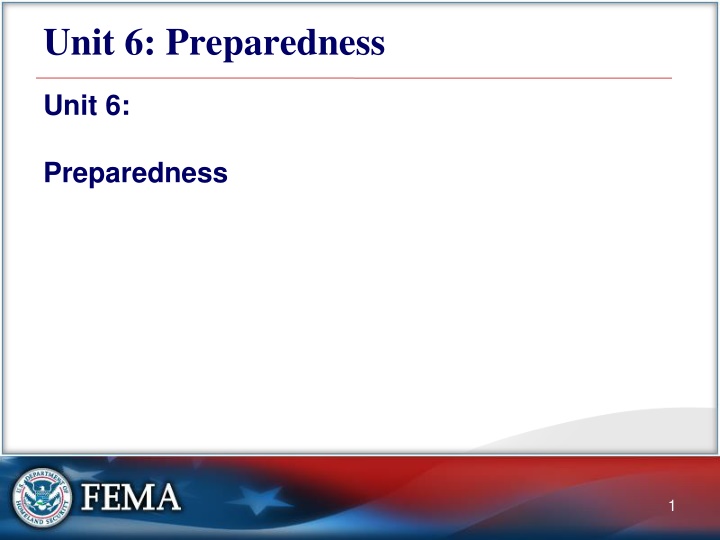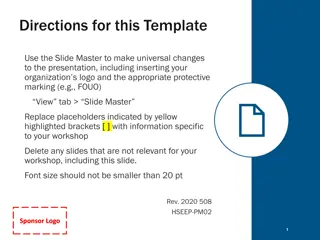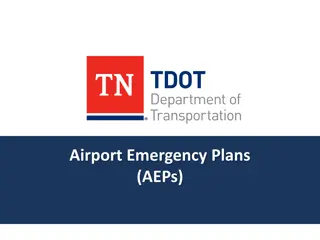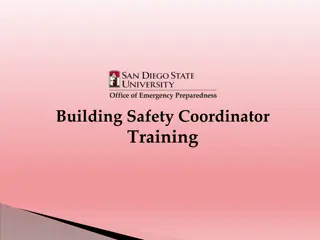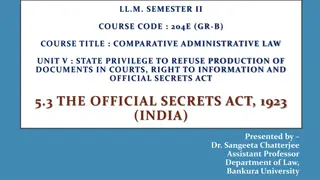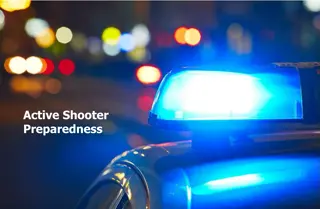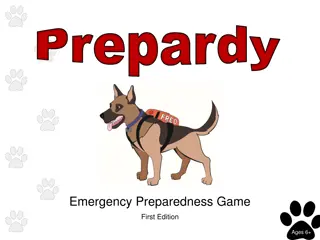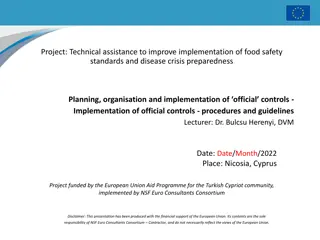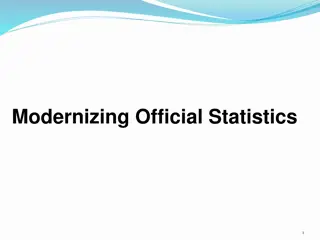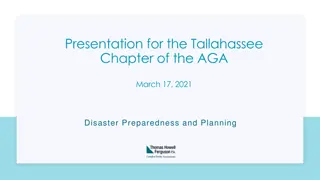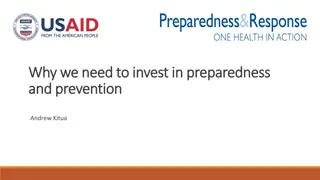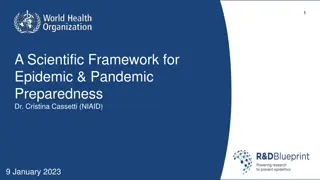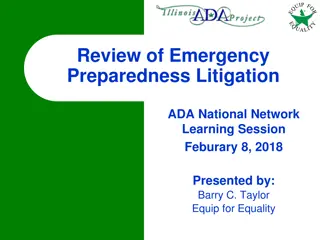Senior Official's Role in Preparedness
In this unit, the focus is on explaining the Senior Official's role in preparedness, listing their responsibilities, and providing resources for FEMA guidelines and training. It also emphasizes the importance of aligning plans, policies, and laws with NIMS terminology, establishing communication and information systems, and ensuring proper training, credentialing, and exercising of personnel. The content covers essential aspects of preparedness to enhance response capabilities during incidents.
Download Presentation

Please find below an Image/Link to download the presentation.
The content on the website is provided AS IS for your information and personal use only. It may not be sold, licensed, or shared on other websites without obtaining consent from the author.If you encounter any issues during the download, it is possible that the publisher has removed the file from their server.
You are allowed to download the files provided on this website for personal or commercial use, subject to the condition that they are used lawfully. All files are the property of their respective owners.
The content on the website is provided AS IS for your information and personal use only. It may not be sold, licensed, or shared on other websites without obtaining consent from the author.
E N D
Presentation Transcript
Unit 6: Preparedness Unit 6: Preparedness 1
Unit Terminal Objective Explain the Senior Official's role in preparedness. 2
Unit Enabling Objectives List Senior Official responsibilities in preparing for an incident. List website resource for FEMA doctrine, guidelines, and additional training. 3
Check Plans, Policies, and Laws Do your agency's/jurisdiction's preparedness plans, policies, and laws: Align with NIMS terminology and systems? Cover all hazards? Include delegations of authority (as appropriate)? Include up-to-date information? 5
Establish Communications and Information Systems Do you have established systems for: Describing, inventorying, requesting, and tracking resources? Activating and dispatching resources? Managing volunteers? Demobilizing or recalling resources? Financial tracking, reimbursement, and reporting? Do you have mutual aid and assistance agreements for obtaining resources, facilities, services, and other required support during an incident? 6
Establish Communications and Information Systems Are protocols and procedures in place? Can responders from different agencies or mutual aid and assistance partners communicate with one another? Do you have a plan/budget for maintaining and replacing your emergency communication systems? 7
Training, Credentialing, and Exercising Do you have sufficient qualified personnel to fill ICS, EOC and JIS positions? Can you verify that personnel meet established professional standards for: Training? Experience? Performance? When was the last tabletop, functional, or full-scale exercise that practiced command and coordination functions? Did you participate in that exercise? 8
Continuous Improvement Incident debriefing Post-incident critique Post-incident analysis Corrective Action Report/After Action Report 9
Additional Resources NIMS Doctrine and Supporting Guides and Tools - https://www.fema.gov/emergency- managers/nims/components ICS Resource Center - https://training.fema.gov/emiweb/is/icsresource/ Additional NIMS Training - https://training.fema.gov 10
Objectives Review 1.What are the Senior Official's responsibilities when preparing for an incident? 2.What websites provide resources for FEMA doctrine, guidelines, and additional training? 11
